Since Nova had such a great experience with her red-headed woodpecker at her birdbath, I thought maybe I would share some info and pictures of all eight of Florida's native woodpeckers. All but one could easily show up in your garden, and a couple of them are probably ALWAYS there. So without further ado, I give you Florida's woodpeckers:
1. Red-bellied Woodpecker (our most common)
These are both males, and you can tell that by the fact that the red on top of the head goes all the way forward to touch the top of the beak. They are in the group of woodpeckers known as "ladder-backs" because of the strong black & white bars across their backs. This bird will readily come to feeders, especially for sunflower seeds or peanuts. They are called red-bellied woodpeckers because the male gets a flush of red feathers across the belly area during breeding season.
2. Pileated Woodpecker (our largest):
This is a male pileated (the males have a red moustache going back from their beaks, and the females have a black one, plus the female hasn't as much red on the crest). The word pileated means crested. No explanation needed for that. These birds are crow-sized and very impressive to watch.
3. Downy Woodpecker (our smallest):
Downies are quite common and busy little birds, not much larger than a sparrow, really. Their high pitched chipping call is heard more often than the bird is seen, but if you look close, you can watch them circling the tree trunks in a very busy manner. They are very pretty little birds.
4. The Hairy Woodpecker (almost identical to the downy):
This little guy looks very much like a downy woodpecker and is often misidentified. He is actually a tiny bit larger, with a MUCH longer and heavier beak. He is not nearly as commonly seen as the downy.
Here is a picture of downy & hairy woodpeckers side by side for comparison. Only the males have the red spots on the back of their heads.
5. The Northern Flicker (our only brown woodpecker):
The flicker is second in size only to the pileated, and is black & brown in color, with a red "V" on the nape of his neck. Flickers are often seen on the ground, and love to go "anting" around ant hills. Their call is a loud wicka-wicka-wicka, which is how they got their name.
6. The Red-Headed Woodpecker (our most beautiful):
Most people do consider this to be the prettiest of the woodpeckers, though I think they are all lovely. Red-headeds are disappearing rapidly due to loss of habitat and competition from starlings for nesting sites. Starlings are NOT native birds, but were introduced from Europe. Their aggresive nature makes them formidable enemies when fighting over a nest cavity. In the fall of the year, red-headed woodpeckers eat primarily "mast," which is made up of acorns, which it will cache in tree crevices to feed on later. This is not common behavior for woodpeckers and is one of the things that makes red-headeds so interesting.
7. Yellow-bellied Sapsucker (our winter resident):
No, yellow-bellied sapsuckers is not just a name old time cowboys used to call the bad guys. It's an actual woodpecker that winters in Florida every year. It's a smallish woodpecker, not quite as big as a red-bellied, and is the one responsible for drilling the rings of holes you see encircling some tree trunks. The sap that oozes from these holes attracts hummingbirds, warblers and even squirrels. And no, the rings of holes won't kill your tree, as many people worry. Sapsuckers have a conspicuously striped head, and the males have a red throat. There is a yellowish tinge to the belly (hence the name). They are quiet and shy birds, somewhat difficult to spot, but they do visit our backyards every year. I've seen one or two at every house I've lived in.
8. Red-cockaded Woodpecker (our rarest):
This is the only one of the Florida woodpeckers that you are NOT likely to see in your yard. Wholesale clear-cutting of Florida's pinewoods has reduced the numbers of these birds to a mere fraction of what they once were. They are considered an endangered species. I've only ever seen one once, and it was a long hard trek to a known nest, where we sat for hours to watch the bird come swooping in at dusk. Not a very good look at all, but if you are ever so lucky as to see one of these in the pinewoods somewhere, here is what they look like:
The big white cheek patch is diagnostc, and though they do have a few red feathers just behind the eye (the cockade), it is often not visible at all. Another picture, just because they are so rare.
And there you have it! Florida's eight woodpecker species. I hope you all get to see the first seven in your yards at sooner or later.
Marcia
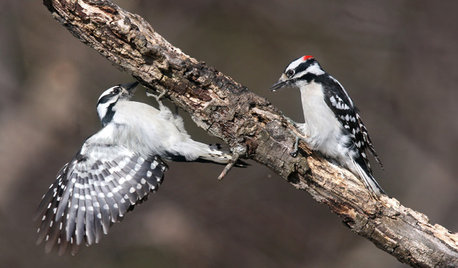
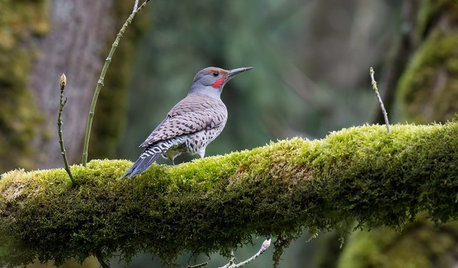
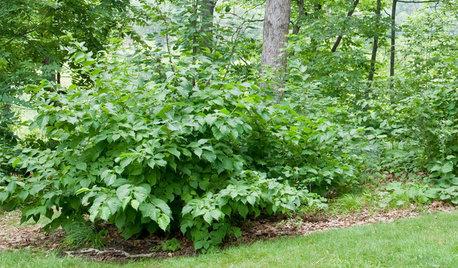

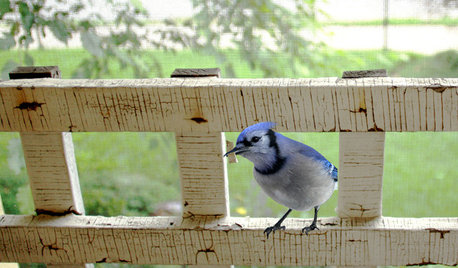
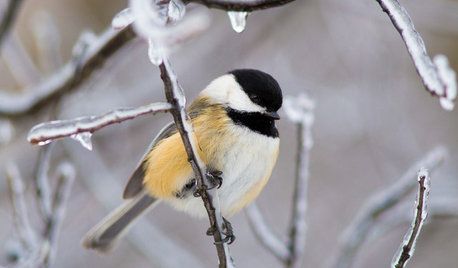
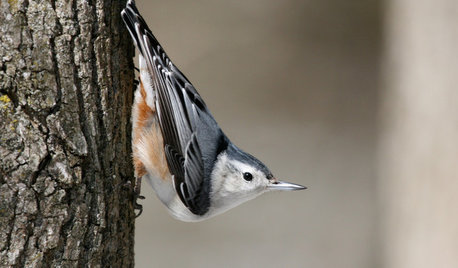


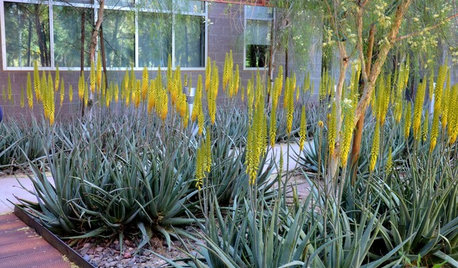



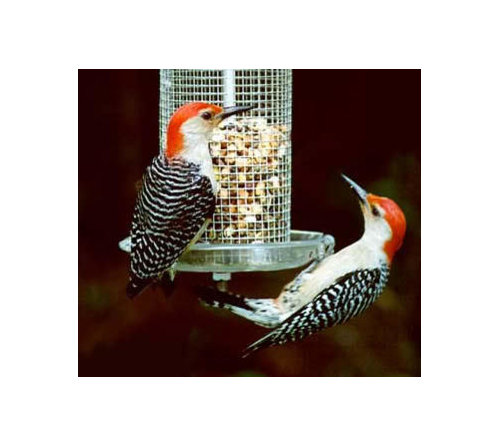
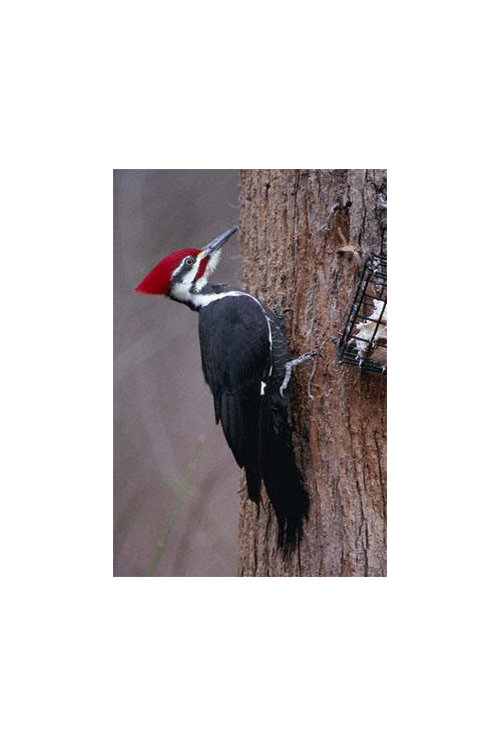

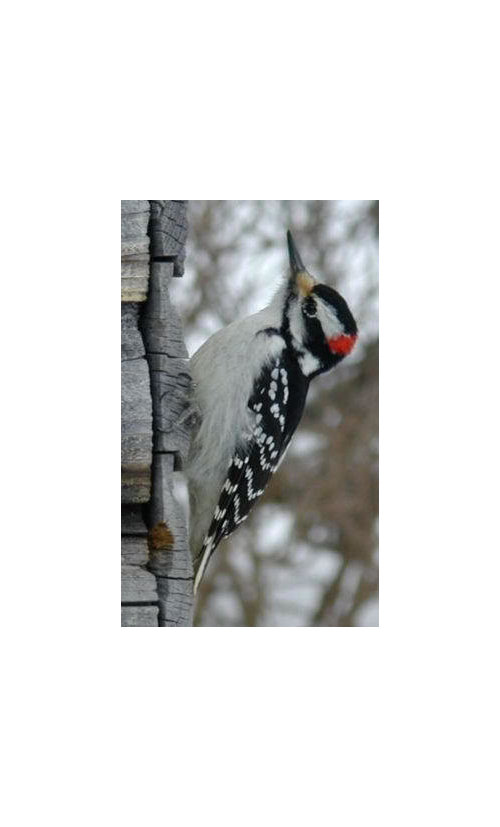

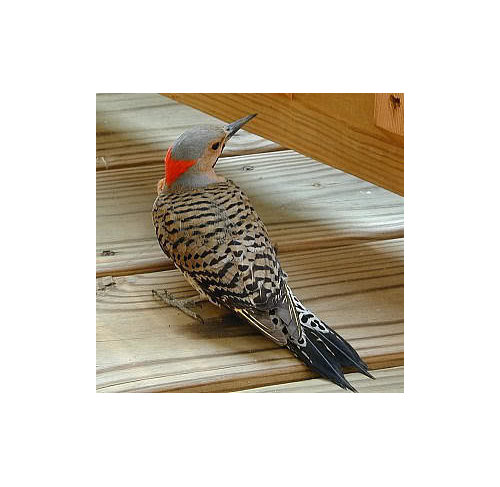
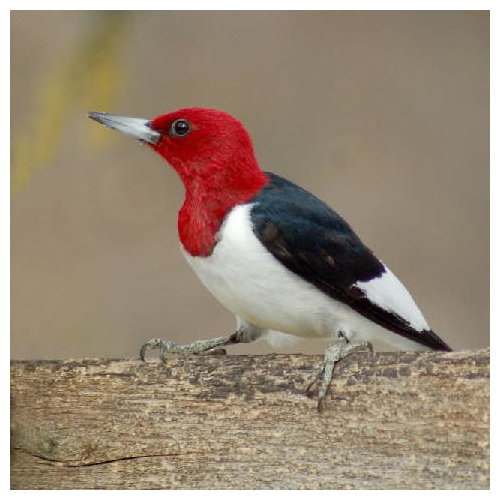
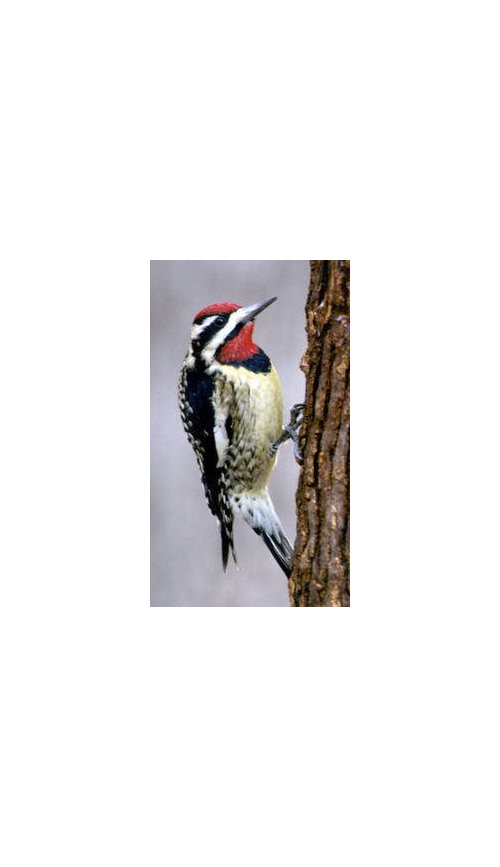
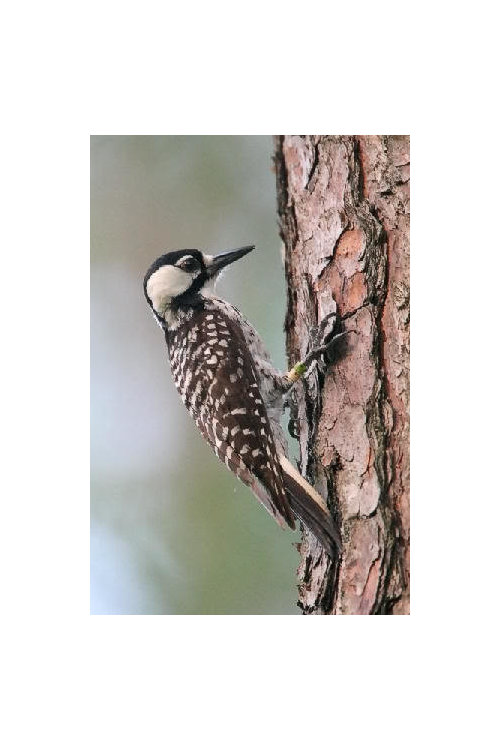
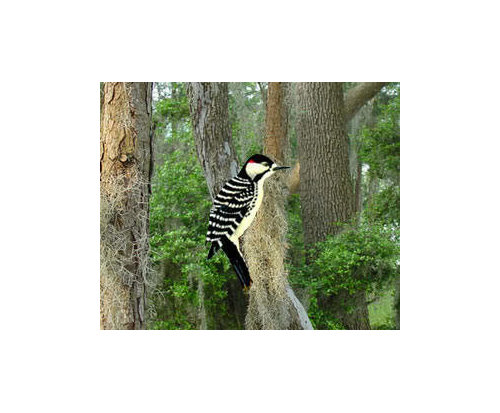


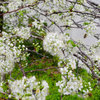
gardencpa
manatureOriginal Author
Related Discussions
Idyll#263: Friends, Plants and Books (NO Woodpeckers)
Q
My garden this morning
Q
pileated woodpecker
Q
They're coming BACK !!
Q
cindeea
manatureOriginal Author
natives_and_veggies
atreelady
manatureOriginal Author
cindeea
manatureOriginal Author
naplesgardener
manatureOriginal Author
nova_gw
junkyardgirl
manatureOriginal Author
natives_and_veggies
claysmom1
imatallun
tomkaren
manatureOriginal Author
dghays
RKimes_elliottmerrill_com